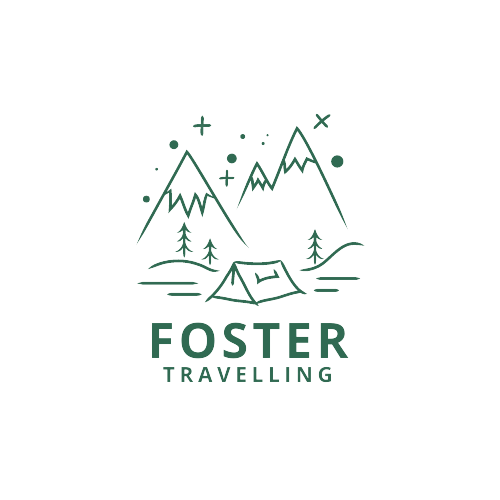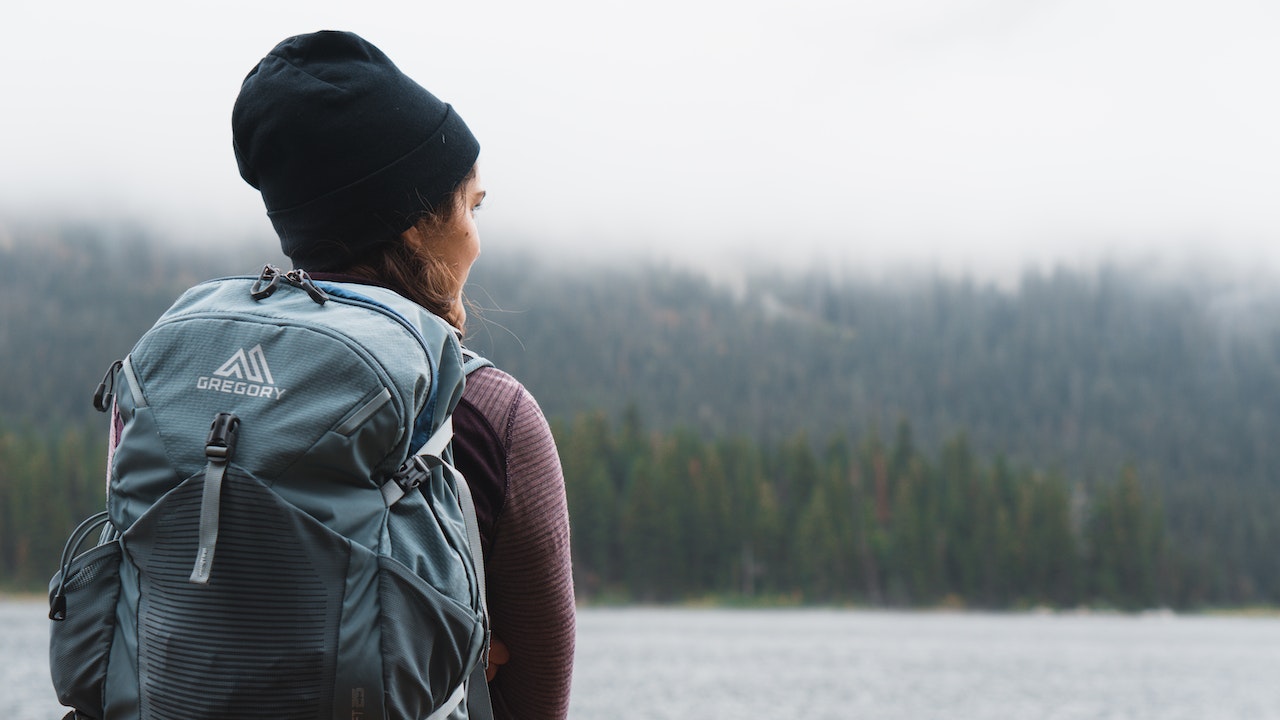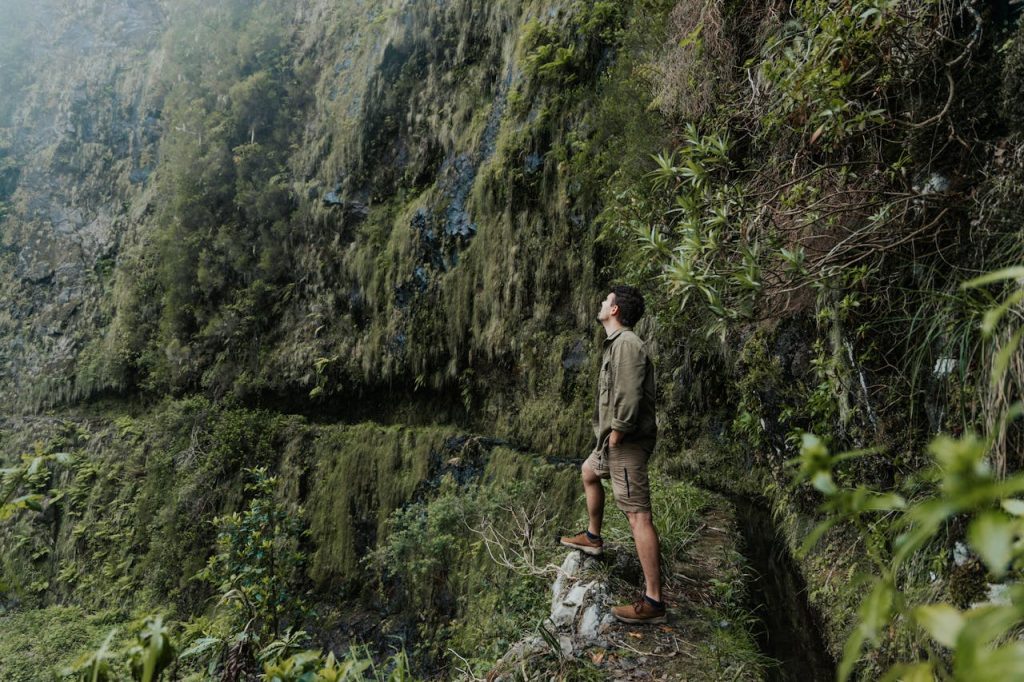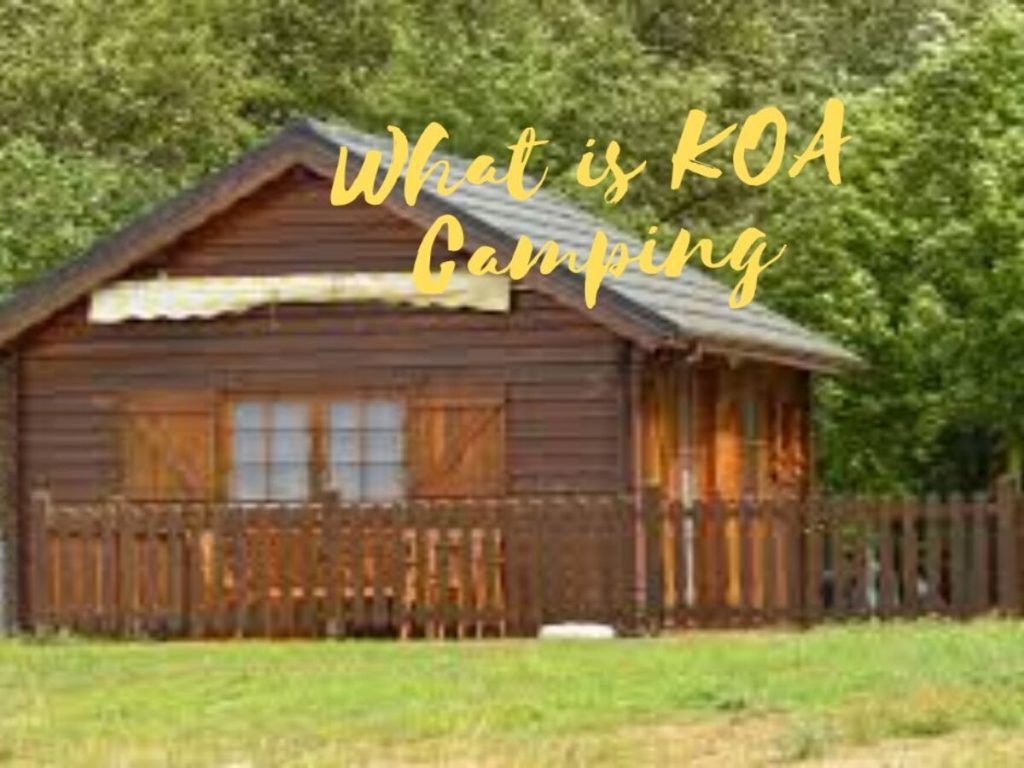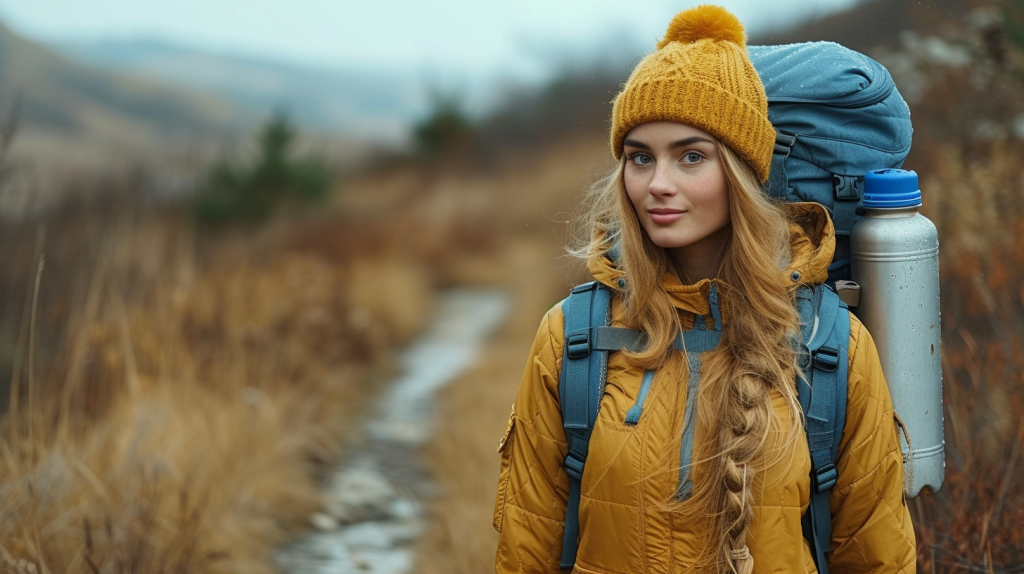Are you new to camping? Do you like to explore the great outdoors and connect with nature? Camping can be a fun and rewarding experience but requires preparation and planning. This guide will share some essential tips and tricks to help you maximize your camping trip. Whether camping in a tent, an RV, or a cabin, these insights will help you enjoy your time in the wilderness and stay safe. Let’s explore camping for beginners.
Choosing the Right Campsite
Table of Contents
ToggleThe first step to a successful camping trip is choosing a suitable campsite. Consider the following factors when selecting a location:
- Accessibility:
Is the campsite easy to reach by car or foot? Will you need to hike or bike to get there?
- Amenities:
Does the campsite have toilets, showers, fire pits, and picnic tables? Do you want access to electricity or water?
- Privacy:
What do you prefer? A secluded or a more social campsite? Do you want to be near water or a scenic view? Research and compare different campsites online and book beforehand to secure your spot. Check the weather forecast and the rules and regulations of the campsite before you go.
Packing the Right Gear
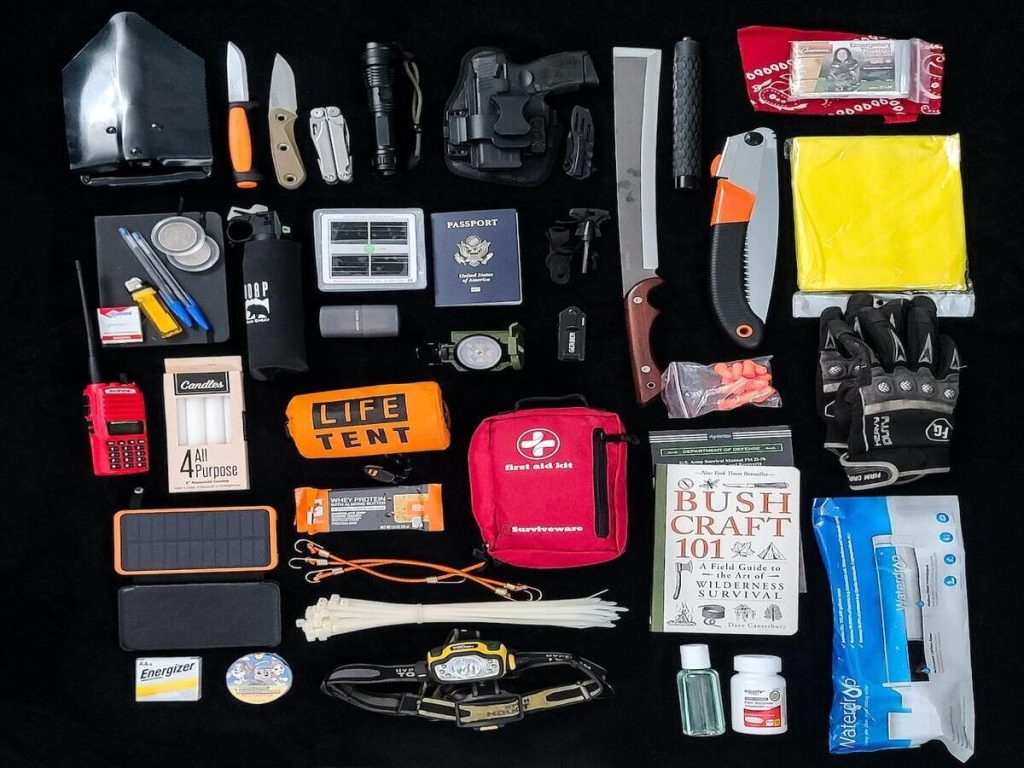
Camping requires the right gear to ensure your comfort and safety. Here are some essential items you should pack:
- Tent or RV:
Choose a shelter that fits your needs and preferences. Consider the size, weight, and weather resistance of your shelter.
- Sleeping bag and pad:
Invest in a high-quality sleeping bag and pad to stay warm and cozy at night.
- Camp stove and fuel:
Prepare meals and hot drinks with a portable stove and fuel.
- Cooler and food:
Bring a cooler with food and drinks that can last for your trip. Pack non-perishable items, such as canned or dried food, fresh fruits, and vegetables.
- Clothing and footwear:
Dress in layers and pack suitable clothing and footwear according to the weather and activities you plan to do. Remember a rain jacket and comfortable shoes.
- First aid kit and personal hygiene items: Be prepared for emergencies and bring a first aid kit, insect repellent, sunscreen, and other personal hygiene items.
Make a checklist of everything you need to pack and double-check it before you leave.
Setting Up Camp
Once you arrive at your campsite, take some time to set up your camp and make it your home away from home. Follow these tips:
- Level and clear the ground:
Choose a flat, clear area to pitch your tent or park your RV. Remove any rocks, branches, or debris that can damage your gear.
- Pitch your tent:
Follow the instructions that came with your tent, and use tent stakes and guylines to secure it. Consider the wind direction and the position of the sun.
- Organize your gear:
Use a tarp or a groundsheet to keep your gear clean and dry. Hang a clothesline and store your food in a bear-proof container or a hanging bag.
- Build a fire:
Follow the campsite’s fire safety rules and regulations. Use a fire pit or ring to collect firewood from the surrounding area. Bring a lighter or matches and kindling.
- Explore the area:
Walk around the campsite, trails, and landmarks. Enjoy the scenery and wildlife, but respect their habitat and leave no trace.
Enjoying the Outdoors
Camping offers many opportunities to connect with nature and engage in outdoor activities. Here are some ideas:
- Hiking and backpacking:
Take a hike or a backpacking trip and explore the wilderness. Bring a map, a compass, and a GPS device, and wear appropriate clothing and footwear.
- Fishing and hunting:
Check the fishing and hunting regulations of the campsite and obtain the necessary permits and licenses. Bring your fishing or hunting gear and follow the safety guidelines.
- Boating and water sports:
If the campsite has a lake, river, or beach, you can rent or bring your boat, kayak, or paddleboard. Wear a life jacket and obey the boating and water sports rules.
- Wildlife watching and photography:
Observe and photograph the wildlife from a safe distance and respect their behavior and habitat. Use binoculars or a telephoto lens to capture their beauty.
- Star gazing and astronomy:
You can enjoy the starry sky at night and learn about the constellations and planets. Bring a telescope or a star chart and avoid light pollution.
Remember to follow Leave No Trace’s principles and minimize your environmental impact. Pack out your trash, respect the wildlife and vegetation, and avoid making excessive noise.
Dealing with Challenges
Camping can also present some challenges that require patience and problem-solving skills. Here are some scenarios and solutions:
- Bad weather:
If it rains or storms, stay inside your shelter and keep dry. Bring a deck of cards, a book, or a board game to pass the time. Avoid touching metal or electronic devices during lightning.
- Insects and pests:
Use insect repellent and mosquito nets to avoid bites. Store your food items in a bear-proof container or a hanging bag to prevent bears or raccoons from raiding your campsite.
- Emergencies and injuries:
If someone gets hurt or sick, administer first aid and seek medical help. Use a whistle or a flare to signal for help.
- Equipment failure:
Use duct tape or a repair kit if your gear breaks or malfunctions.
What to Wear Camping?
Let’s dive into the world of camping and answer the age-old question, “What should you wear for camping?” Whether you’re a seasoned camper or a newbie, this question can be overwhelming. Fear not; we provide expert guidance to ensure you’re comfortable, stylish, and safe outdoors.
Before we jump into clothing recommendations, it’s important to consider the weather conditions you’ll be camping in. Are you camping in the hot, humid summer months or the chilly fall season? Knowing the temperature range can help you pack accordingly. Let’s start with warm-weather camping.
Warm Weather Camping Attire
In hot and humid weather, comfort is vital. You’ll want to wear lightweight and breathable clothing that allows air to circulate and wicks moisture away from your skin. Look for fabrics like cotton, linen, or moisture-wicking synthetic materials.
Tops:
Opt for lightweight, loose-fitting t-shirts or tank tops with plenty of airflow. Avoid cotton if you’re doing any strenuous activity, as it can absorb sweat and become heavy and uncomfortable.
Bottoms:
For bottoms, shorts or lightweight pants are ideal. Look for materials that breathe well, such as nylon or polyester. Hiking shorts or convertible pants (with zip-off legs) are versatile options that take you from the campsite to the trails.
Footwear:
Closed-toe shoes or hiking sandals are a must for warm-weather camping. Look for shoes with good ventilation and support and slip-resistant soles for slippery terrain.
Accessories:
Remember a wide-brimmed hat or baseball cap to protect your face from the sun and a lightweight, moisture-wicking bandana to keep sweat at bay. Sunglasses and sunscreen are also essential for protecting your eyes and skin.
Cold Weather Camping Attire
If you’re camping in colder weather, you’ll want to focus on layering your clothing to trap warmth close to your body. It’s best to avoid wearing cotton in cold weather, as it doesn’t insulate when wet.
Base Layer:
Start with a moisture-wicking base layer made from synthetic materials like polyester or merino wool. This layer should fit snugly to your body to trap warmth.
Mid Layer:
The mid layer should be thicker and insulating, such as a fleece or down jacket. This layer should be loose enough to allow easy movement but snug enough to keep warmth close to your body.
Outer Layer:
The outer layer should be wind and waterproof to keep you dry and protected from the elements. A rain jacket or parka is a great option.
Bottoms:
Look for insulated pants or tights made from fleece or merino wool for your bottom half. You can also wear waterproof pants over your insulating layer if necessary.
Footwear:
Warm, waterproof boots with good traction are a must for cold-weather camping. Look for boots with thick, insulated soles and sturdy laces to keep your feet dry and warm.
Accessories:
Keep your head and neck warm with a beanie or fleece-lined hat and a scarf. Insulated gloves or mittens will keep your hands warm, and remember a pair of warm, moisture-wicking socks.
Articles You Might Like:
Dealing with Emergencies While Camping
How to Clean Hiking Boots: A Comprehensive Guide for Outdoor Enthusiasts
